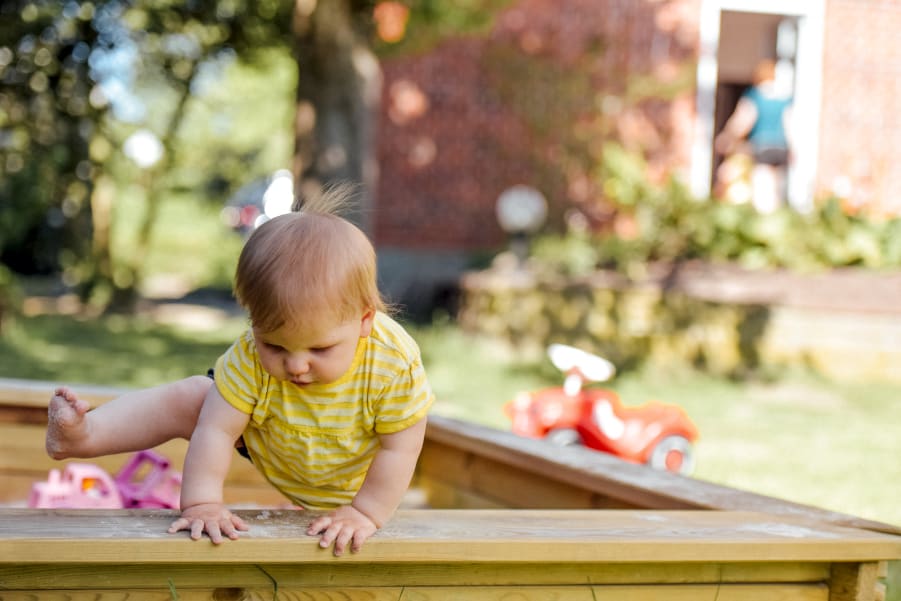The Montessori educator
The educator presents each child with individual activities that build upon what they already know.
Maria Montessori saw the educator’s role not so much as teaching but rather directing children’s natural energies along their path of self-construction.
With carefully trained powers of observation, the educator knows each individual child’s needs. With belief in each child’s powers, the educator encourages children to make choices that express their interests; and awakens their sense of wonder towards the world and their identification with it.
The educator builds on a solid foundation by progressing step-by-step from what is known to what is new, and by presenting these new things through individual activities.
The educator sets up and maintains an environment to serve as the setting for these activities — the Casa dei Bambini — and suffuses it with an atmosphere of calm and order, warmth, care, awareness and joy.
The educator helps the child to:
- understand each creature’s contribution to the world
- raise questions (such as: if dinosaurs lived before mankind, how do we know about them?)
- develop an appreciation and love of the world
- develop the tools of observation and experimentation
- develop ideas
- form connections between disparate areas of the world
Although the activities that Maria Montessori devised remain effective for children today, she was working many years ago in a different technological, visual and sociological milieu. We believe that the educator today— just as Maria Montessori did in the 19th century—should develop and extend existing activities to make them more effective and attractive for children wherever they are.
